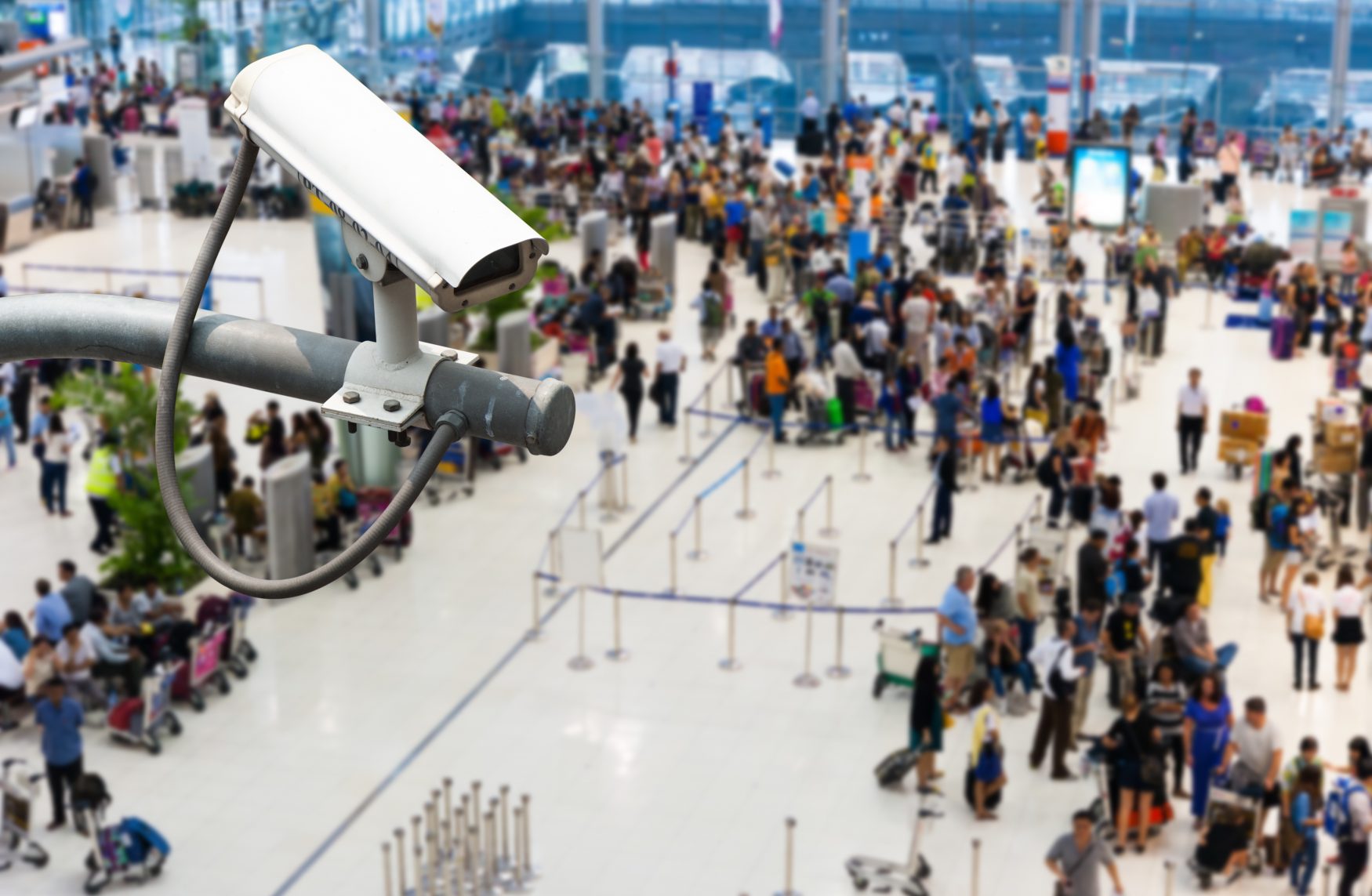
Are Airport & Security Cameras a Factor?
Using Airport Security and Digital Cameras.
Biometrics is the science of using a person’s unique physiological characteristics to verify their identity such as in the case with airport security and digital cameras.
Or, in the official language of the U. S. Department of Homeland Security: ‘A measurable, physical characteristic or personal behavioral trait used to recognize the identity or verify the claimed identity [of a person].’
Biometrics was being used to verify identity in a number of areas before the attacks on the United States on Sept. 11, 2001.
After the attacks, the U.S. Congress passed the Enhanced Border Security and Visa Entry Act.
It states that all people entering the United States had to eventually use passports, visas and other travel documents that used ‘biometric identifiers recognized by domestic and international standards.’
At present, the United States uses digital fingerprints and photographs as part of its US-VISIT program for visitors who require visas.
The face photograph will soon be used in conjunction with a ”globally interoperable biometric” system of face recognition software that is being adopted by the International Civil Aviation Organization.
A number of large corporations and organizations, such as American Express and the New York Police Department use biometrics to confirm employee identification.
Others such as Continental Airlines use biometrics for those employees who need access to secure areas.
The United States, the United Kingdom, Germany and the Netherlands are using biometric measures to help identify some immigrants and international visitors.
Canada uses biometrics in its CANPASS program for frequent travelers.
Facial Recognition
Making Sure You’re You
Biometric use of airport security and digital cameras for facial recognition technology requires a person to sit in front of a digital camera while it tracks about 80 facial characteristics.
The lighting must be perfect and the camera must line up the image perfectly.
Essentially, the technology measures the peaks and valleys of the face, such as the tip of the nose and the depth of the eye sockets, which are known as nodal points.
It concentrates on the inner region, which runs from temple to temple and just over the lip.
It then comes up with a face print.
Face prints can also be stored on a smart card that users swipe through a door without looking into a camera.
The technology has been around since the early 1990s and is used in more than 100 casinos in the United States.
It got a lot of attention last February when authorities used it at Super Bowl XXXV in Tampa to search for felons among the crowd of 100,000 spectators.
How Much Will this Cost?
IATA, the International Air Transport Association, has a program, Simplifying Passenger Travel, to try to implement biometrics by marrying airport security and digital cameras around the world.
The program is trying to make sure all the different biometric systems being used are compatible, i.e. they can ‘talk’ to each other.
IATA is primarily interested in iris technology.
Though it’s very expensive, Melanie Lauckner of the SPT program says its sustained use would bring costs down over the years.
Lauckner says the benefits of biometrics override any costs.
Lauckner says IATA has yet to put a dollar figure on implementing biometrics at international airports.
Homeland Security says that biometric identifiers like with airport security and digital cameras make it virtually impossible for anyone else to claim their identity should their travel documents be stolen or duplicated.
Biometric identifiers will also reduce fraud and abuse of the U.S. immigration system.
Privacy advocates are worried that biometrics and the databases that contain personal information will be used for purposes beyond screening for airport security and enforcing immigration laws and regulations.
A conference in October 2003 sponsored by Citizenship and Immigration Canada warned that biometrics raises a number of additional concerns, including sovereignty, cultural values, and ethics.

 My First Amazing Ayahuasca Experience
My First Amazing Ayahuasca Experience  Pine Needle Tea
Pine Needle Tea  The REAL Controllers of Humanity: The Papal Bloodlines
The REAL Controllers of Humanity: The Papal Bloodlines  Is it Global Warming or Cooling?
Is it Global Warming or Cooling?  Gun Rights and Obama Examined
Gun Rights and Obama Examined